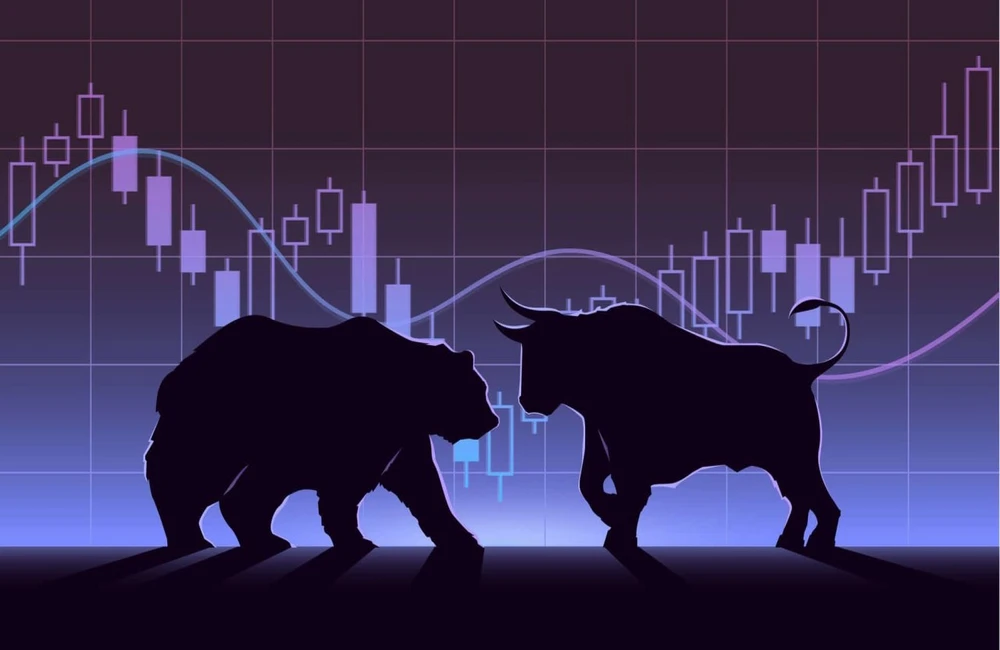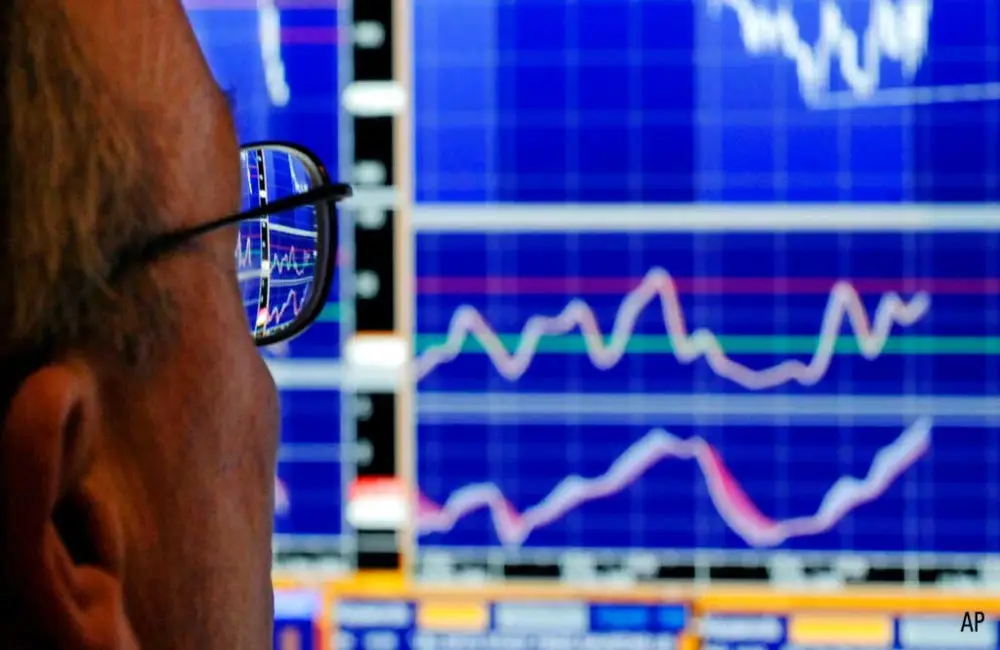If inflation is zero and the gain in stock prices is 5%, that’s a real return of 5%. "But with Australian inflation currently at 6.1% and possibly heading to 7% according to the Reserve Bank, US inflation already 9% and the UK in excess of 10%, you do need to think in (real) terms. Thus, a full nominal return of say 6% with dividends included may be a real return of zero.
So many consequences for investing in things!! It did not matter at all if money was kept in a savings account earning little or no money when inflation was zero. But if inflation is 6 percent or 7 percent, you are dissipating real purchasing power and living standards. The table below provides a rough guide to the interest rates currently being paid on my SMSFs primary transaction account where I keep the vast majority of my SMSF’s cash. My bank has lifted only a small proportion of the cash rate rises.
The yield curve is nice and steep now so the opportunity cost of funding to stay in the cash account versus term deposits, notes or bonds is a lot higher than it’s been for many years, depending on where you looked. I just put some cash this week into a new NAB subordinated issue paying 6.3% with an issuer call in 2027. Yes, I have accepted NAB fixed rate risk and credit risk, but I’m also +6% over current cash rates. My bank will not pass along the full increase, and I will get a reduced rate on my cash.
Individual investors with a hoard of cash aren’t the only ones. That’s the highest level for over two years, according to the latest Bank of America fund manager survey, which has found cash holdings in fund managers portfolios in big global centres are higher over 2022 than in equities (which is still usually the high-water mark historically).
A downside of inflation going up +6% is that a lot of social security payments, or other regulatory limits that are tied to CPI which used to move slowly, are now going to be escalating quickly (in nominal terms). They include pensions, commonly tied to CPI over six months, and superannuation caps. The Transfer Balance Cap (TBC) was ramped up for the first time to $1.7 million on 1 July 2021, however, another 6% is $102,000 and as such that could potentially see the next increase to $1.8 million come a lot sooner. Is this sufficient for someone to contemplate holding back their first retirement income stream until after 1 July 2023 so that they can have their own personal TBC at the higher amount?
The fact that longer-term fixed rates have already fallen over the past month appears to have gone unnoticed by most of us who still have rising rates in our heads. Here’s the NAB sourced bank swap yield curve chart that demonstrates this fact which shows the current (26 July 2022) 10 year (the black line) at 3.8% but one month ago it was at 4.3% (the red line) and 3.3% three months ago (the orange line). So investors might have missed the rate top a couple of weeks ago (that’s when we wrote this article on the choices) but this is volatile, and rates may still go higher.
At some point, as the NAB example showed, investors must take the deal on the day it is offered. I personally think 6.3% fixed (on NAB for 5 years) has a spot in my overall mix but NAB did issue a floater at 3 month BBSW + 2.8% as well. As evidence of demand NAB received orders for $2.4 billion over a couple of days and printed $250 million of the floaters and $1 billion of the fixed. NAB isn’t fussed but its shareholders have voted with their feet.
The chart also displays how much the yield curve has flattened and that is also important. Someone also tried to persuade me during the week that if the cash rate keeps going up, so does the long bond rate. And maybe, perhaps, but it’s not typically how it goes down. Rising cash tells the Reserve Bank that the “revolutionists” are wrong: they can bring inflation under control if they are determined enough, and that is why the long end of the rates curve has fallen. The market is saying central banks globally will rein in inflation pretty soon.
Here’s the take of VanEck’s Russel Chesler following the release of the ABS’ latest quarterly CPI numbers on Wednesday:
“The CPI increased 1.8 per cent in the June 2022 quarter; an estimated 6.1 per cent higher than the same quarter one year ago. The stock market increased on the news, as the inflation in the second quarter came in lower than in the first quarter and just slightly lower than projected. Australian inflation may have come off its highs with quarterly inflation dropping from 2.1% to 1.8%. We expect the ongoing world decline in wheat and corn prices will ease food inflation, which grew rapidly over the past quarter … (however) VanEck anticipates further rises than will see Australia's official rates at 2.75% by year-end and hence will exert upward pressure on mortgage lending rates."
The US Fed, meantime, hiked its rate 0.75% to 2.25%-2.50% last night but indicated that the next hike could be less. The Fed said that, while “inflation is elevated,” “recent indicators of spending and production have pointed to further deceleration” but “expects that, with further increases in the target range, policy will remain appropriate.” The stock market approved, and the S&P500 leapt 2.6% and the rate-sensitive NASDAQ gained 4%. Even as bond rates barely moved, there is reason for more confidence that inflation will be managed without crushing the economy.
Indeed, the US market is already pricing a change from hikes to cuts by mid 2023. In Australia, inflation expectations as expressed by the price of inflation-linked bonds is a good example. Intuitively, one would expect significant demand for these bonds because the yield moves up with inflation. But that Australian index of those very bonds has lost 13% YTD, as the next chart demonstrates. Investors view the inflation spike as a temporary surge, and because the Vanguard fund has a weighted average maturity of close to 10 years, the market’s attention is fixed on the long term.
But back to adjusting our minds for inflation, this tweet by Michael Burry (the real life character in The Big Short who made a killing buying up credit default swaps in the lead-up to the GFC) is our reminder that share prices should also be adjusted for inflation. If you’re down 20% in nominal terms and inflation runs 5%, that’s 25% of your purchasing power wiped out. And, by the way, Burry thinks there's a lot more of the market to fall down, since all we've so far experienced is a contraction in Price to Earnings ratios, not the fallout of an earnings contraction.























